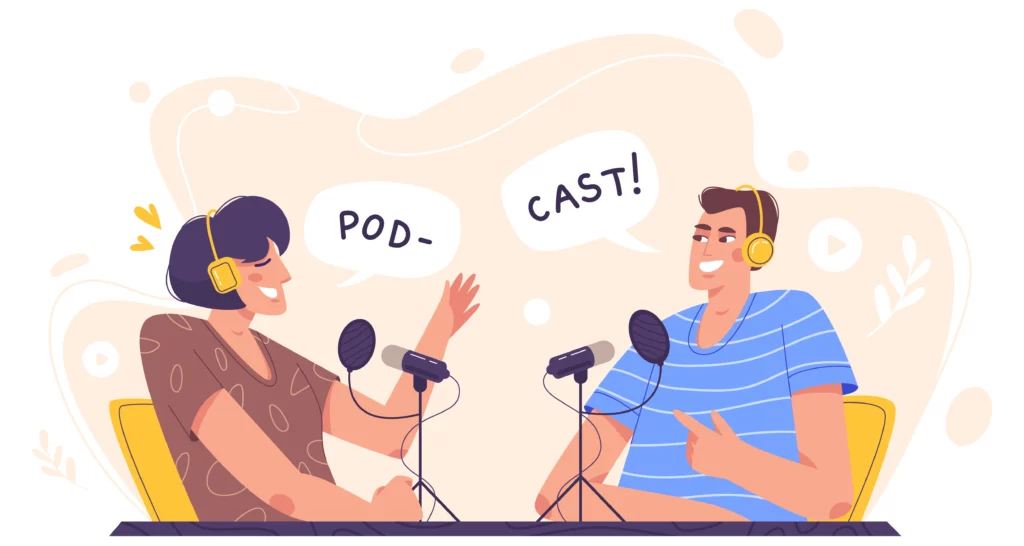Decoding the Impact: Unveiling Audio Creative’s Role in Podcast Advertising through Recent Research
- The majority of listeners across the MENA region are content with advertisements for free content.
DUBAI The audio analysis and research platforms Veritonic joined forces with independent podcast producer Acast to publish a new study about advertising for podcasts with programmatic.
It was reported that there were 5.1 million regular listeners to podcasts across Saudi Arabia last year, according to figures from Marketers.
In the MENA region In the MENA region, 83 per cent of listeners of podcasts reported being content with ads on free content, according to statistics from the same firm.
This makes it more vital for advertisers to tailor their advertising to the ever-growing podcast audience.
“Hope is not a strategy; it’s no longer enough for a brand to create an audio asset and simply hope it’ll move the needle,” said Scott Simonelli, CEO of Veritonic.
Marketers must be innovative in their audio ads “to ensure they are putting their best audio creative forward, regardless of how the ad is purchased or served,” said the expert.
The study was conducted throughout the US, Australia, and New Zealand, as well as Europe, the Middle East, and Africa region, to discover similarities and distinctions in the programmatic podcast advertisements that are offered across markets and to assist media buyers in determining the best methods to use programmatically for podcast advertising.
The two companies found and evaluated the effectiveness of podcast advertisements that were transacted programmatically using Acast across various industry verticals such as tourism, automobile healthcare, retail, and entertainment.
The team analyzed the ads on topics like ad length, the volume of voiceovers as well as the gender of voiceovers the using sound effects, and call-to-action spots.
Most ads were at least 30 seconds long, mainly within the US and the EMEA region.
Every market has shared similarities in the use of voiceovers using single voices. Content.
However, some differences existed between different markets regarding the gender-specificity of voiceovers. In the US, most advertisements analyzed had female voiceovers, while 47 percent had male voiceovers, while the remainder had female and male voiceovers.
In EMEA, However, 47 percent of the voiceovers featured female voiceovers alone, 27 percent had male voiceovers only, and 26 percent had both male and female voiceovers.
The ads with female voices performed 3 percent higher than the average Veritonic standard intent score used for ads on a podcast.
The entire world employed audio effects in fewer than half the programmatic advertising, which suggests this could be a new developing trend.
Sound effects, like phones ringing, birds chirping, and engines revving. These were utilized in the majority of programmatic advertisements from the US; 38 percent came from Australia and New Zealand, and 33 percent from the EMEA region.
The study also examined ads that included an appeal to take action. Of the ads studied, 67 percent featured a calling to move toward the bottom of the ad, scoring one percent more than the standard Veritonic baseline intent score of a podcast advertisement.
“The vast Middle East and North Africa region has reminded us that there are endless stories to be told and countless connections to be made,” Megan Davies, Acast’s international managing director Acast and Acast International, told Arab News.
Davies said: “It feels as though we’ve entered into an environment with rich content and eager advertisers, and we’re here to connect the dots with an integrated business model that can bring all podcast businesses together. This is a goldmine with potential, waiting to be recognized and accepted.”
Acast began its launch in the MENA region in May of this year. It has since accumulated an overall reach of 5.4 million monthly listeners throughout the UAE, Saudi Arabia, Egypt, Iran, and Israel.

